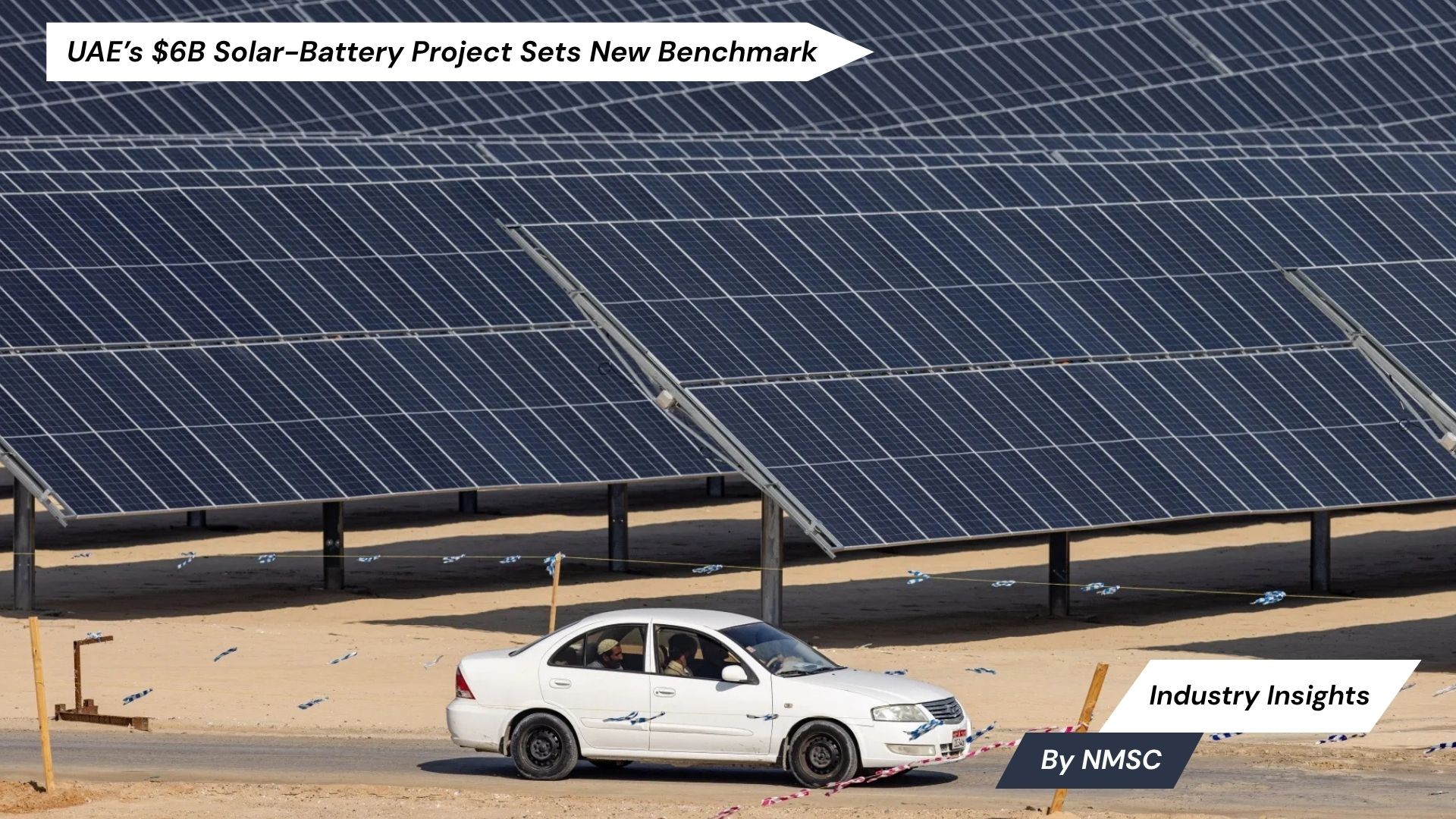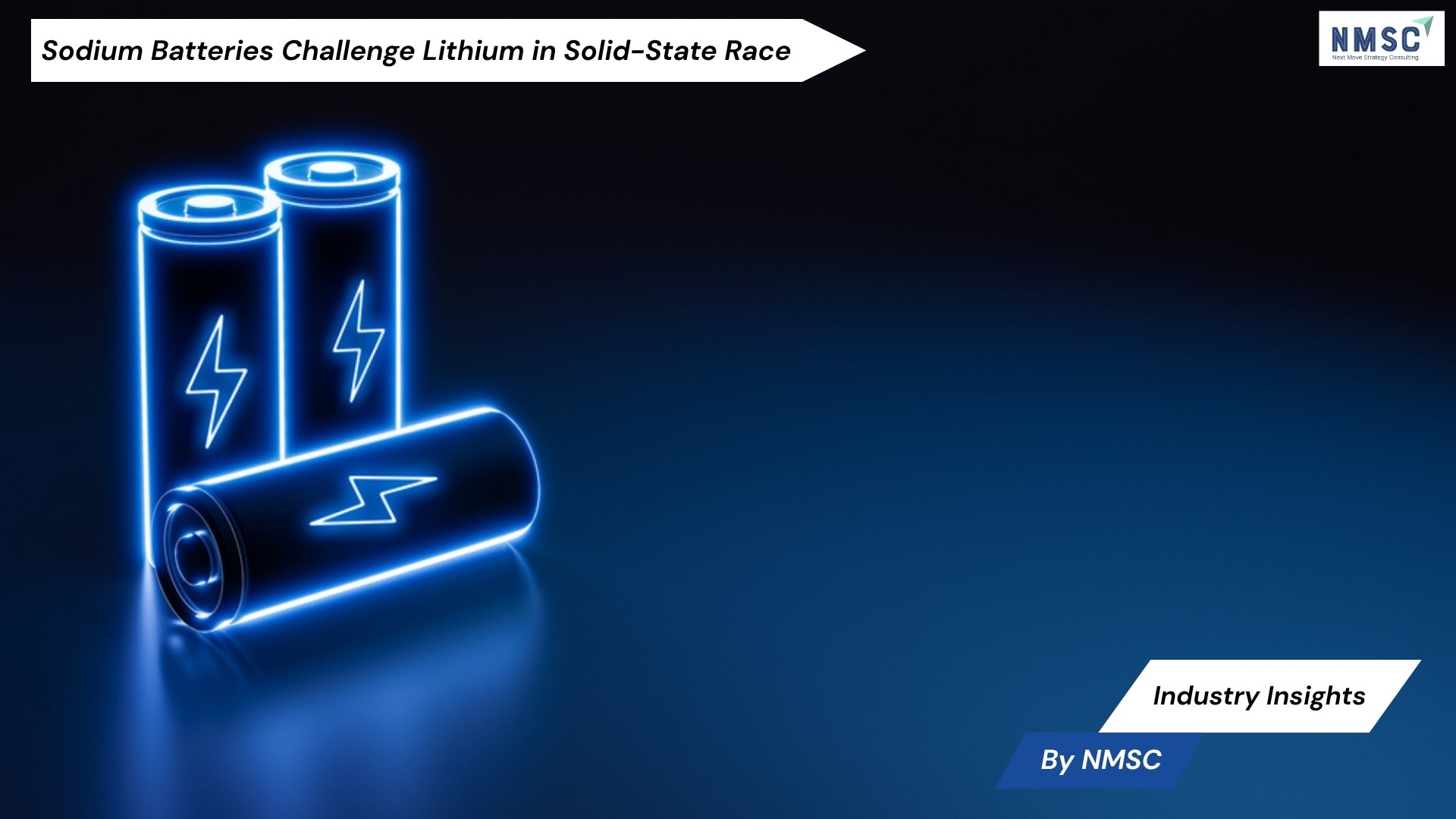Europe Heat Exchangers Market is expected to reach USD 5415.9 million by 2030
Published: 2025-08-28
Rising urbanization and industrialization and growing demand for renewable energy are driving up demand for the Europe heat exchangers market during the forecast period.
The Europe Heat Exchangers Market size was valued at USD 3613.9 million in 2023 and is predicted to reach USD 5415.9 million by 2030, with a CAGR of 5.3% from 2024 to 2030, according to new research by Next Move Strategy Consulting.
The expansion of industrialization and urbanization in Europe plays a pivotal role in shaping the growth of the heat exchangers market. With the continuous growth of sectors such as manufacturing, energy, and construction, there is an increasing demand for efficient heat exchange solutions to meet diverse industrial requirements.
Industries such as power generation, which heavily rely on heat exchangers for tasks such as steam production and turbine cooling, are witnessing significant growth due to escalating energy demands.Additionally, the surge in construction projects is fueling the need for HVAC systems in both commercial and residential buildings, thereby driving the demand for heat exchangers in applications such as air conditioning and refrigeration.
Moreover, the heat exchangers market in Europe is experiencing significant changes due to factors such as the expanding middle class and the ongoing trend of urbanization. Urbanization is accompanied by an increased demand for convenient food options and optimized supply chains that maximize resource utilization, including energy, water, and raw materials.
Furthermore, consumers are increasingly prioritizing food and beverage products with minimal environmental impact, favoring those produced sustainably or packaged using eco-friendly materials.These trends are reshaping the landscape of the heat exchangers market in Europe, with a growing emphasis on sustainability and resource efficiency.
The growing demand for renewable energy in Europe is driving significant growth in the heat exchangers market. This demand is fueled by investments in solar, wind, and geothermal power projects, where heat exchangers play a crucial role in facilitating heat transfer processes essential for energy generation and storage.
The increasing prevalence of solar thermal power plants, advancements in geothermal energy initiatives, and supportive government policies promoting renewable energy adoption all contribute to the rising need for heat exchangers in these applications.
Furthermore, the focus on energy efficiency and sustainability further accelerates market growth, as heat exchangers are essential for optimizing thermal management systems and enhancing overall energy efficiency across renewable energy infrastructure.
The growth of the heat exchanger market encounters significant hurdles, primarily due to high initial costs and ongoing maintenance expenses. The substantial investment needed to acquire and install heat exchangers, especially in large-scale industrial environments, may discourage businesses, particularly those with limited financial resources, from embracing this technology.
Furthermore, despite the long-term cost savings promised by heat exchangers through energy efficiency, they entail regular maintenance and operational costs, including cleaning and repairs. As a result, the perceived financial burden linked with heat exchangers could hinder their widespread adoption, thus restraining market growth in specific sectors.
The integration of advanced materials such as graphene and advanced ceramics signifies a significant leap in heat exchangers technology. These materials possess exceptional properties such as high thermal conductivity and corrosion resistance, which have immense potential to enhance efficiency, durability, and overall performance across various industries including HVACR, automotive, aerospace, and renewable energy.
By leveraging these unique attributes, heat exchangers can enable more efficient heat transfer and withstand challenging operational conditions, thereby improving reliability and longevity. Moreover, the adoption of advanced materials holds the promise of reducing energy consumption and extending service life by approximately 5 to 10 years, resulting in significant benefits in terms of operational efficiency and sustainability across different sectors. Additionally, the advent of Industry 4.0, characterized by the integration of automation, data exchange, and digital technologies in manufacturing processes, offers further opportunities for advancing heat exchangers technology.
Through enhanced monitoring, control, and optimization enabled by Industry 4.0 technologies, heat exchangers can achieve increased efficiency and productivity. Thus, the synergy between advanced materials and Industry 4.0 innovations is poised to drive innovation and growth in the heat exchangers market, offering improved performance and sustainability across a wide range of industrial applications.
Request for a Sample PDF on the Europe Heat Exchangers Market
Several market players operating in Europe heat exchangers market include Alfa Laval AB, Danfoss A/S, Kelvion Holding GmbH, GEA Group AG, SWEP International AB, SPX FLOW, Inc., API Heat Transfer, Inc., LU-VE Group S.p.A., AKG Thermotechnik GmbH, FUNKE Warmeaustauscher Apparatebau GmbH, Thermowave GmbH, HRS Heat Exchangers Ltd., Hisaka Works, Ltd., Vahterus Oy, Guntner GmbH And Co. KG, Modine Manufacturing Company, Peter Huber Kaltemaschinenbau SE, Tranter Inc., Vestas Aircoil A/S, BORSIG Process Heat Exchanger GmbH, among others.
Key Insights from the Europe Heat Exchangers Market Report:
-
The information related to key drivers, restraints, and opportunities and their impact on the Europe heat exchangers market is provided in the report.
-
The value chain analysis in the market study provides a clear picture of the roles of each stakeholder.
-
The market share of players in the Europe heat exchangers market is provided in the report along with their competitive analysis.
















Add Comment